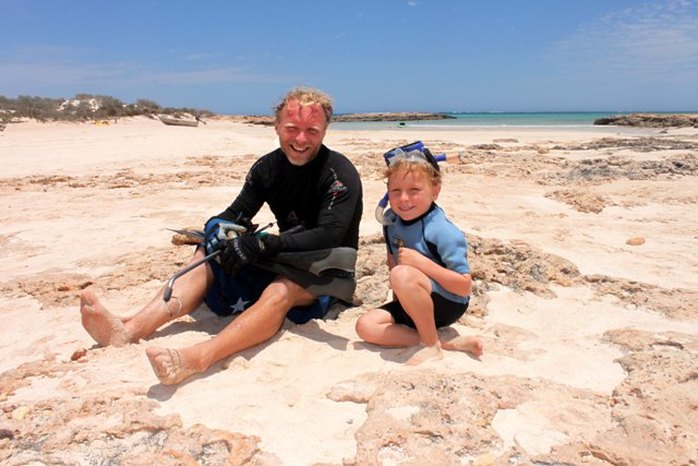
“What are you catching?” After I explained the big fish could be seen swimming around lazily while the little black one’s kept pecking my bait to bits, the five-year-old blond boy announced he was going to get his rod too.
We were on a rocky shelf only a few meters from where Isabel was parked at Pigramunna site on Cape Range National Park around the point from Exmouth. The boy and his family had pulled in with their campervan the day before and were camped in the next bay.
“Hope you don’t mind the noise. We are only here for one night,” said the cheerful dad with an unusual accent. He introduced himself as Alek. His wife Gina said hello and the little Nowak family of four proceeded to restore our faith not only in the raising of children in Australia but also in the value of people from other nations who come to this land to work hard and cherish the lifestyle.
Kuba and his little sister Klaudia, 3, raced around the sand, explored, splashed and swam, hopped on and off Dad’s kayak and a boogie board, laughed, yelled, argued and cried a little over falls, tiffs and scratches. Alek and Gina let them go, keeping an eye from a distance except when Alek would join them in bouts of boisterous play on the sand that involved loud, delighted shrieking.
Alek from Warsaw was an exemplary enthusiastic father. Gina from Wisconsin was no helicopter mother. Together they were an impressively targeted couple determined to extract what they loved from life.
One of the reasons why we avoid caravan parks is because you usually end up sleeping within spitting distance of strangers but we enjoyed eavesdropping on the noisy evening routine of the Nowak children. Cape Range has no reception; not an electronic game had had been in sight. Bedtime was a mixture of laughing games with letters and numbers mixed with more shrieking as Alek told loud monster stories.
In the morning Alek slipped on his snorkelling gear and went out on his kayak to search for crayfish. Gina played with Kuba and Klaudia on the beach – until Kuba realised someone was fishing. Gina scampered back to get Kuba’s fishing rod. I was impressed by his casting skill but tested by his requests to change tackle. We walked around the bay to the rocks where Tony had the gear.
As we walked past the camp area, Kuba told me the monster had written a letter saying he would be coming on Saturday. “Today’s Saturday,” I said. We decided we would keep a careful watch on their campervan.
Gina and Klaudia joined us. Alek paddled in; Kuba hopped on the kayak with him to paddle back across the bay. The water was getting a little choppy but that didn’t stop Kuba joining Alek to snorkel the near reef in deeper, rougher water than I liked to explore. Kuba informed me they had seen hundreds of mangrove jack, “or maybe a dozen”.
I learned Alek had left Poland when he was 16 to go to high school in Wisconsin, moving on to university where he met Gina. He studied marketing in international business; Gina studied journalism.
In 1997 Alek studied for a semester in Australia at Deakin. Gina joined him to travel the Cairns, Darwin, Alice and Melbourne route.
“When we went back, every step we took we were thinking about how to get back to Australia,” said Gina.
“We finished our degrees and worked for two years in Detroit, Michigan, and were really tired of the rat race. We sold everything we had and came back to Australia in 2000. We travelled around here for a year in a Kombi called Sparky.”
Alek’s friends in the US corporate world cautioned him about throwing away his career prospects and the pathway to financial security but the young couple delighted in exploring with Sparky, always keeping their eye out for a place that offered the outdoor lifestyle they loved. Exmouth was high on the list of favoured places.
They settled for a year in Perth. Alek studied hospitality and dive resort management; Gina earned her teaching degree.
“Every step we planned to get back to Ningaloo,” said Gina. They made it 10 years ago, prepared to start at the bottom. Alek worked behind a bar; Gina picked up work lecturing at what is now the Durack Institute of Technology.
Alek took on a deckhand job on the Exmouth glass-bottom tourist reef boat; two years later he was manager and three years ago he bought the business. Meanwhile Gina had the two children and in 2006 became manager of the institute.
In three years they plan to travel around Australia again, home-schooling Kuba and Klaudia in something bigger than Sparky. In the meantime they revel in the laid-back life at Exmouth.
Alek thought when asked if he missed anything from Poland. Maybe the architecture, he said, recalling the streets of centuries-old buildings. In Exmouth, all buildings are stark and functional in fine cyclone-proof style.
A broad grin broke through the thoughtful look: “But hey, that’s such a small price to pay to live in paradise. And all those corporate friends back in the US ….. there’s not one of them wouldn’t swap places with me now in an instant.”
I felt buoyed by meeting the Nowak family. So many Australians born in this land have so much they could learn about the real wealth and joy that lie in this land.
ABOVE: Alex and Kuba return from a snorkelling adventure.
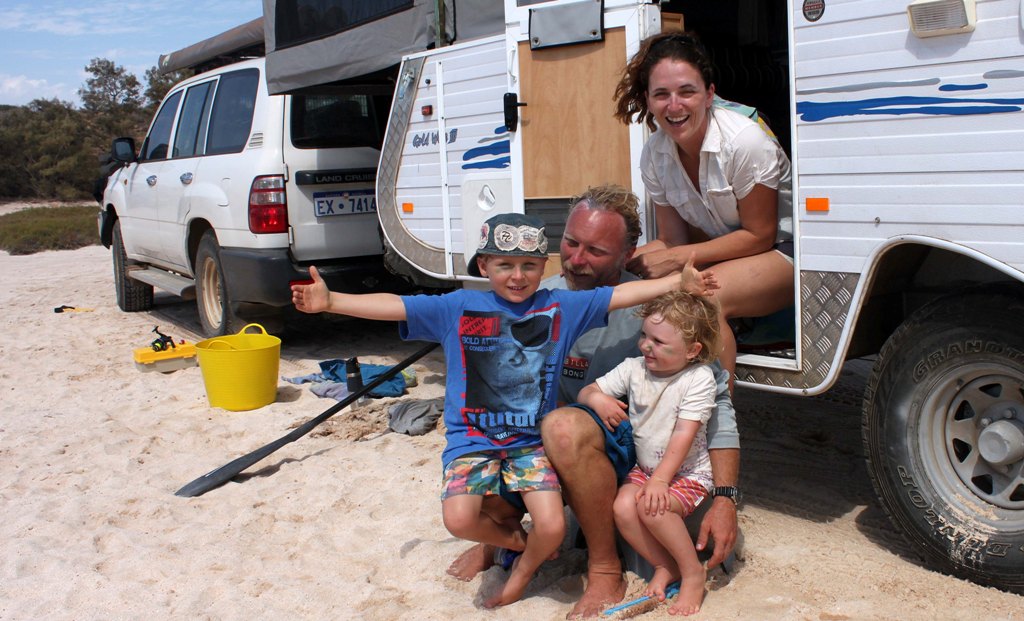
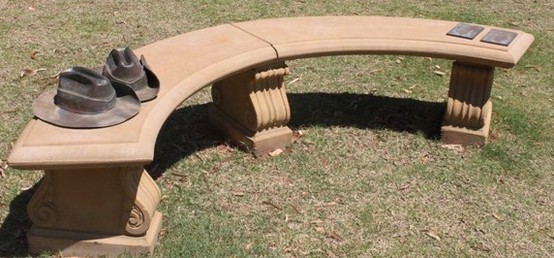
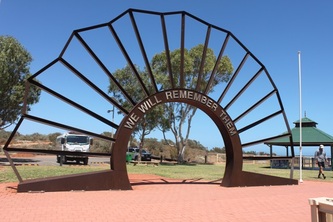
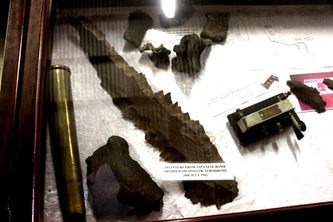
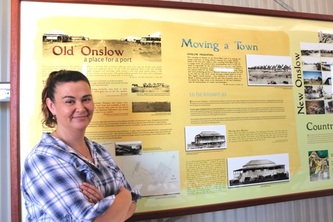
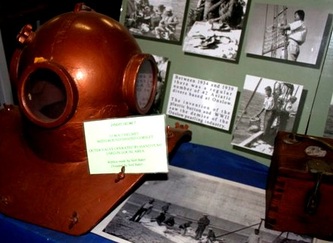
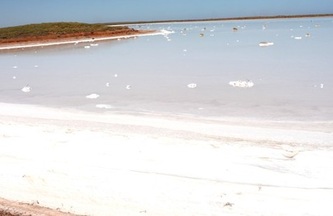
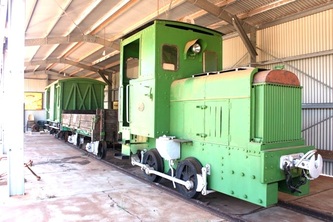

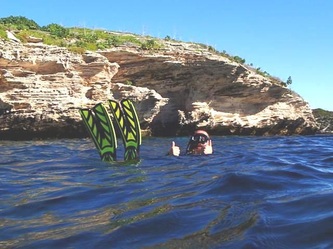
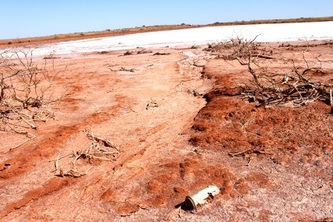

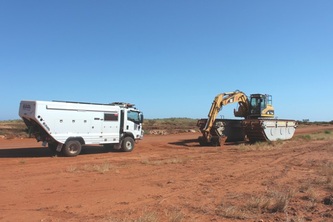
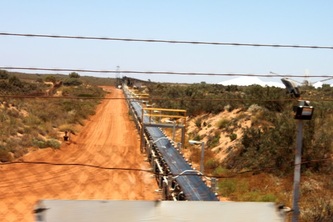
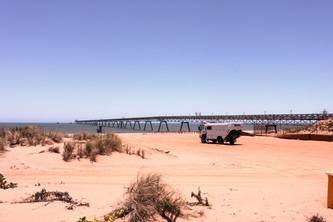

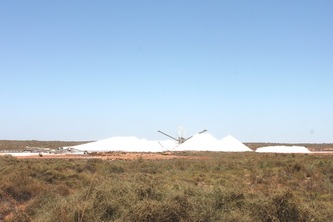
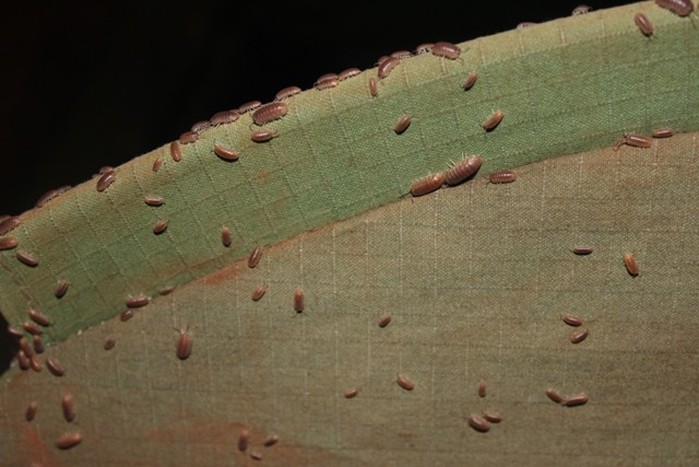

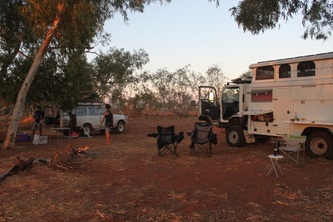
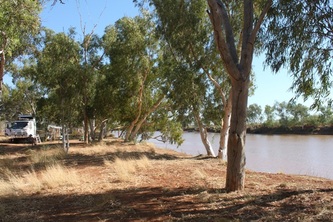
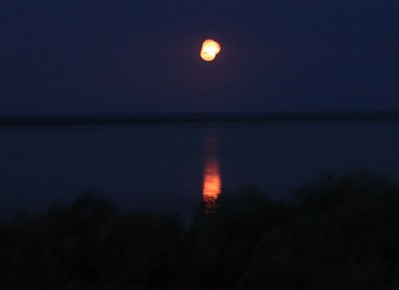
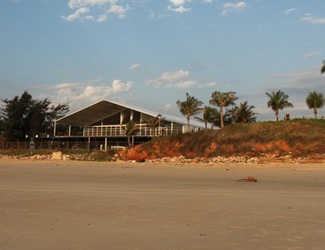
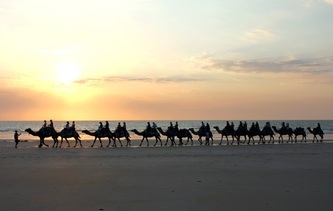
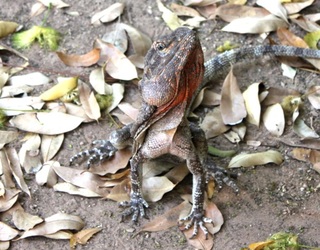
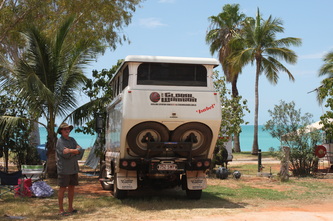
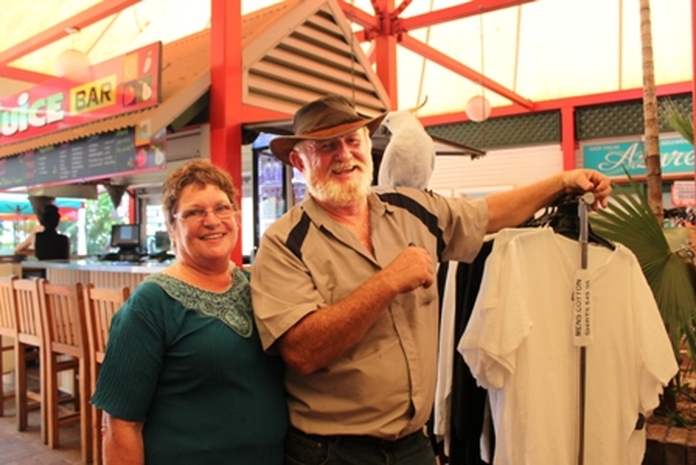
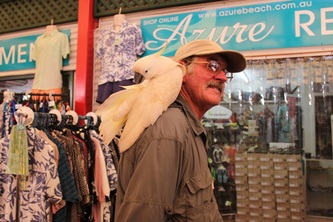
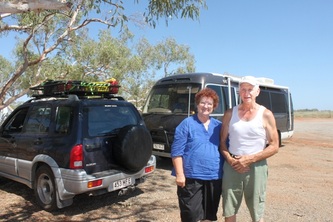
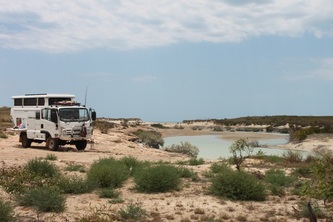
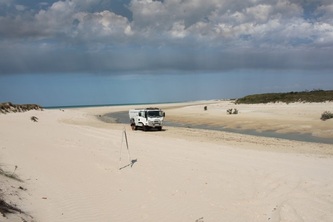
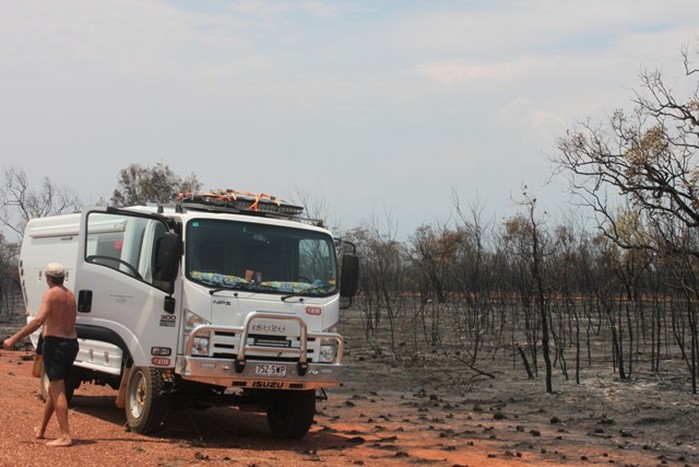
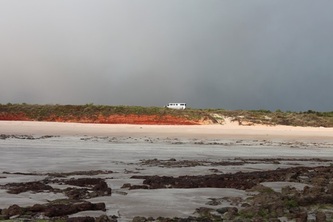
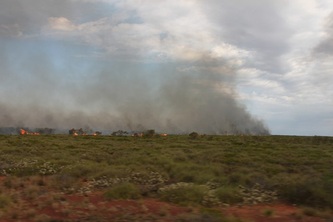
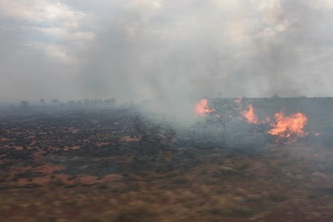
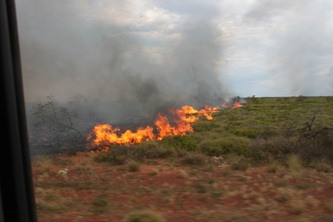
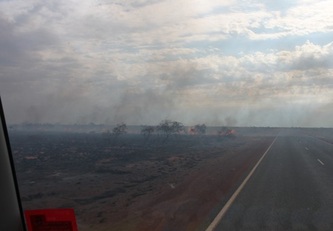
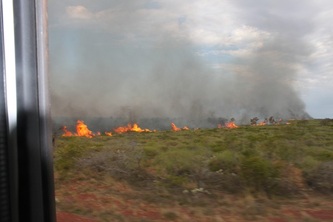
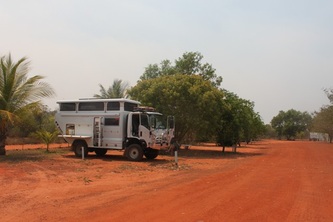
 RSS Feed
RSS Feed
